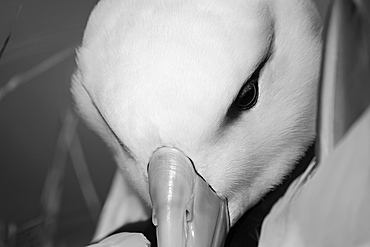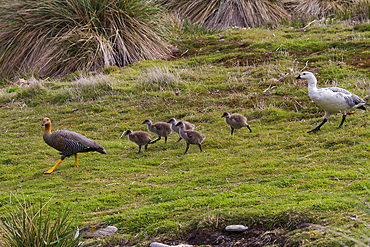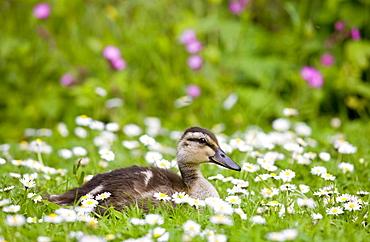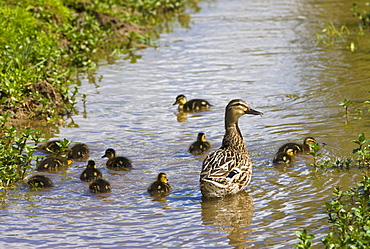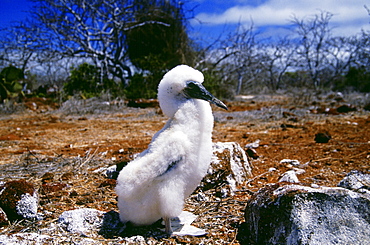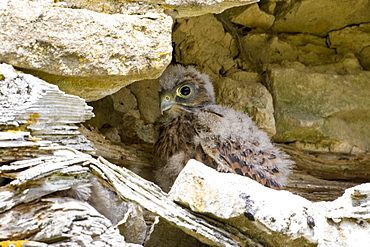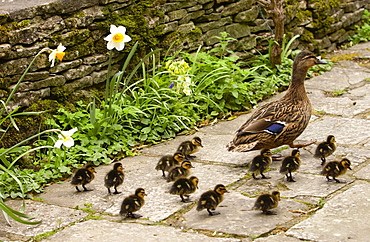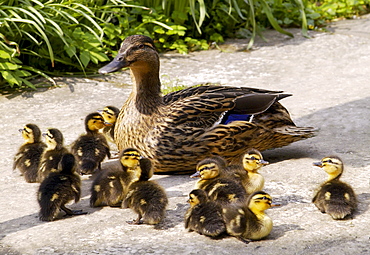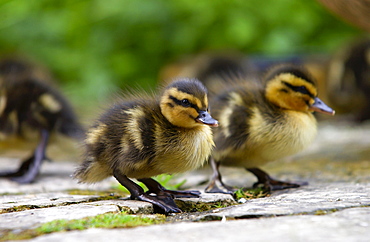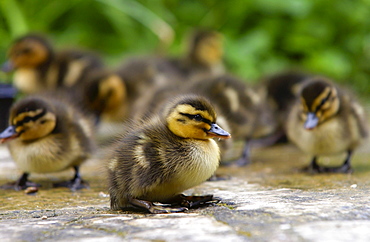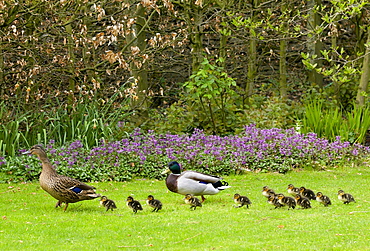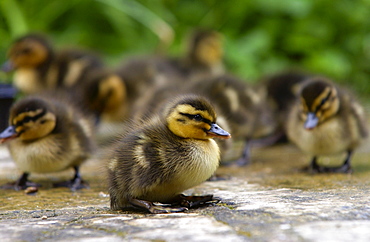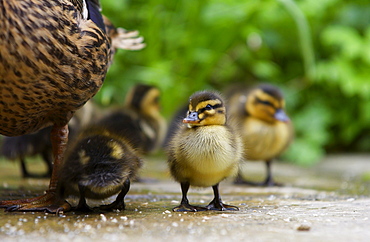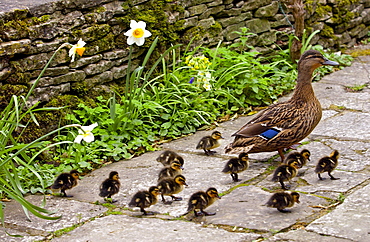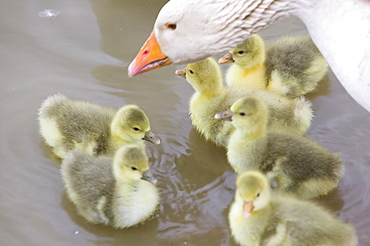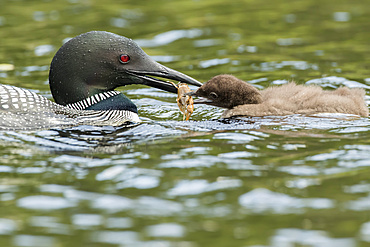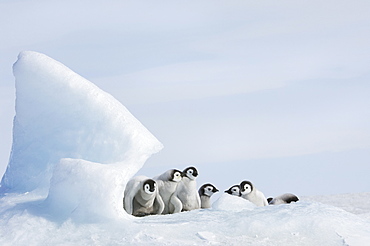Results
28 results found

Black-browed albatross (Thalassarche melanophrys) chick on the nest at nesting site on New Island, Falklands, South America
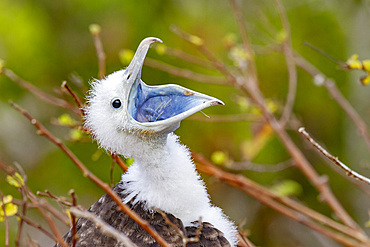
Great frigatebird (Fregata minor) chick in the nest in the Galapagos Island Archipelago, UNESCO World Heritage Site, Ecuador, South America
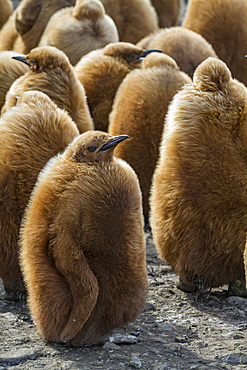
King penguins (Aptenodytes patagonicus) in downy plumage (okum boys) on South Georgia Island, Polar Regions
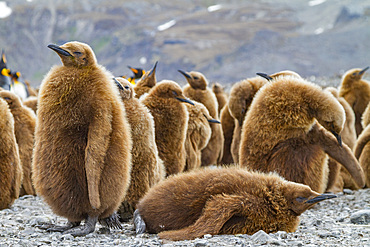
King penguins (Aptenodytes patagonicus) in downy plumage (okum boys) on South Georgia Island, Polar Regions
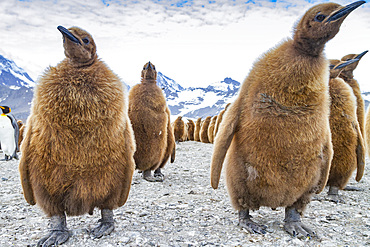
King penguins (Aptenodytes patagonicus) in downy plumage (okum boys) on South Georgia Island, Polar Regions
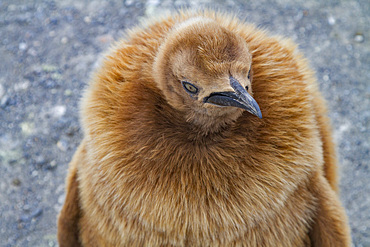
King penguin (Aptenodytes patagonicus) in downy plumage (okum boys) on South Georgia Island, Polar Regions
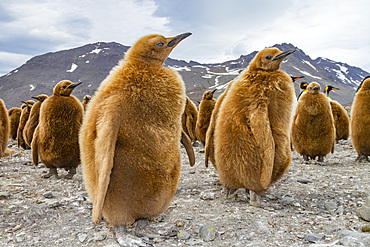
King penguins (Aptenodytes patagonicus) in downy plumage (okum boys) on South Georgia Island, Polar Regions
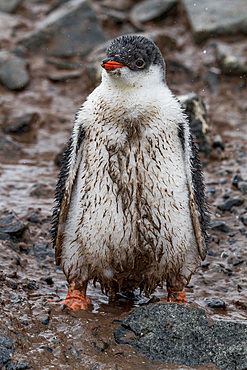
Gentoo penguin (Pygoscelis papua) chick at Jougla Point, Wiencke Island, Antarctica, Southern Ocean, Polar Regions
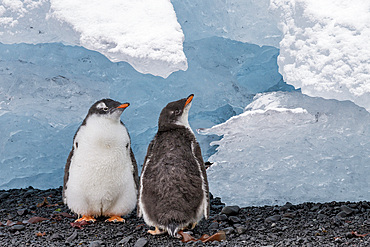
Gentoo penguin (Pygoscelis papua) chicks with ice at Brown Bluff, Antarctica, Southern Ocean, Polar Regions
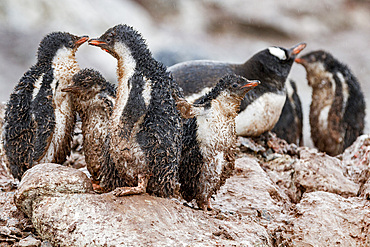
Gentoo penguin (Pygoscelis papua) chicks covered with mud and guano on Cuverville Island, Antarctica, Southern Ocean, Polar Regions
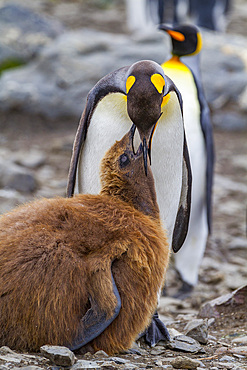
King penguin (Aptenodytes patagonicus) adult feeding chick at breeding and nesting colony at St. Andrews Bay on South Georgia, Southern Ocean, Polar Regions
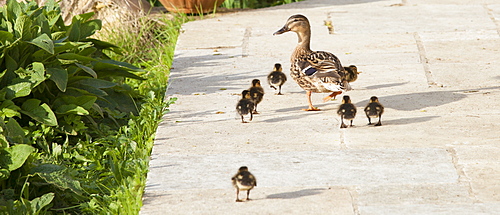
Female mallard duck with new ducklings, Anas platyrhynchos, strolling on garden patio in springtime at Swinbrook, the Cotswolds, UK
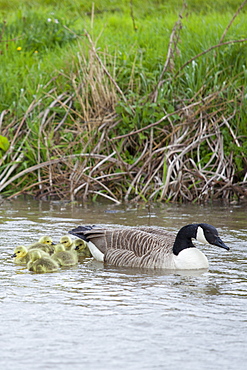
Female Canada Goose, Branta canadensis, with young goslings, on River Windrush at Swinbrook, the Cotswolds, UK
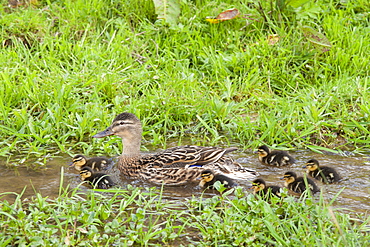
Female mallard duck with new ducklings, Anas platyrhynchos, on a stream in springtime at Swinbrook, the Cotswolds, UK
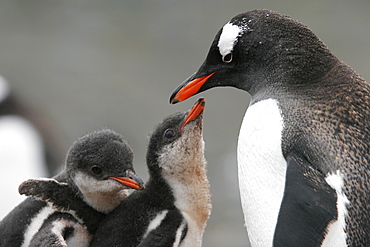
Gentoo penguin (Pygoscelis papua) parent feeding chicks on Petermann Island near the Antarctic Peninsula.
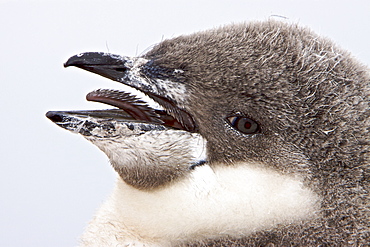
Chinstrap penguin (Pygoscelis antarctica) chick head detail at colony on Useful Island near the Antarctic Peninsula. There are an estimated 2 million breeding pairs of chinstrap penguins in the Antarctic peninsula region alone, perhaps as many as 7.5 million breeding pairs in all of Antarctica. Their name derives from the narrow black band under their heads which makes it appear as if they are wearing black helmets, making them one of the most easily identified types of penguin. Other names for them are "Ringed Penguins", "Bearded Penguins", and "Stonecracker Penguins" due to their harsh call. They grow to 68 cm (27 in). The average adult weight of a Chinstrap Penguin is 4.5 kg (10 lbs). Weight can range from 3 to 6 kg (6.6-13.2 lbs), with males being slightly larger and weight varying based on where the penguin is in the breeding cycle. Their diet consists of krill, shrimp, and fish. On land they build circular nests from stones, and lay two eggs, which are incubated by both the male and the female for shifts of five to ten days. They can also breed on icebergs, though they prefer non-icy conditions. The chicks hatch after about 35 days, and have fluffy gray backs and white fronts. The chicks stay in the nest for 20?30 days before they go to join a creche. At around 50?60 days old, they moult, gaining their adult plumage and go to sea. The Chinstrap Penguin was first described by German naturalist Forster in 1781. Its specific epithet was often seen as antarctica, however a 2002 review determined the genus Pygoscelis was masculine, and hence the correct binomial name is Pygoscelis antarcticus.
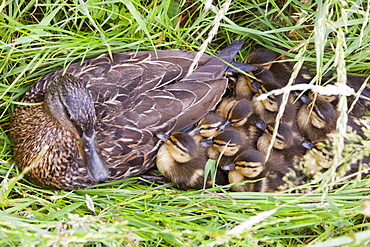
A female Mallard with her newly hatched chicks on Walney Island, Cumbria, England, United Kingdom, Europe
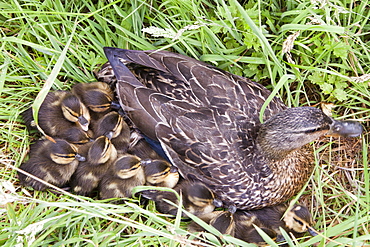
A female Mallard with her newly hatched chicks on Walney Island, Cumbria, England, United Kingdom, Europe
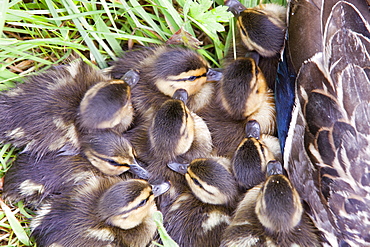
A female Mallard with her newly hatched chicks on Walney Island, Cumbria, England, United Kingdom, Europe
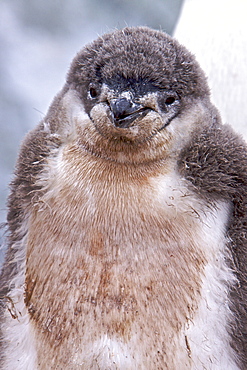
Guano-covered chinstrap penguin (Pygoscelis antarctica) chick at breeding colony on Useful Island near the Antarctic Peninsula
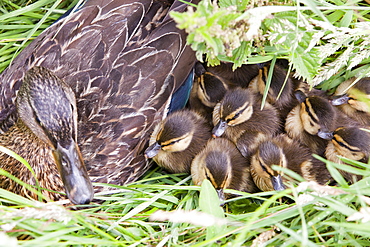
A female Mallard with her newly hatched chicks on Walney Island, Cumbria, England, United Kingdom, Europe
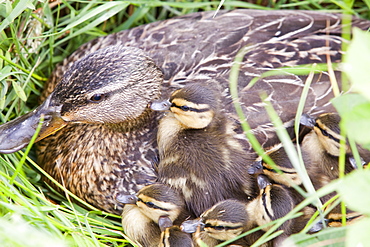
A female Mallard with her newly hatched chicks on Walney Island, Cumbria, England, United Kingdom, Europe

Chinstrap penguin (Pygoscelis antarctica) parent and chick at breeding colony on Useful Island near the Antarctic Peninsula
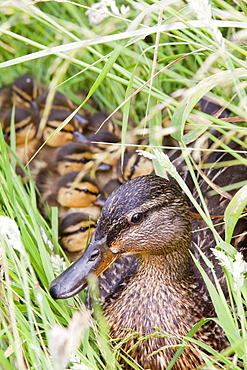
A female Mallard with her newly hatched chicks on Walney Island, Cumbria, England, United Kingdom, Europe
